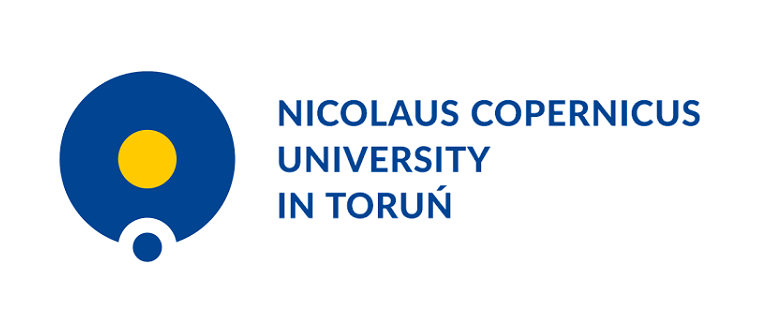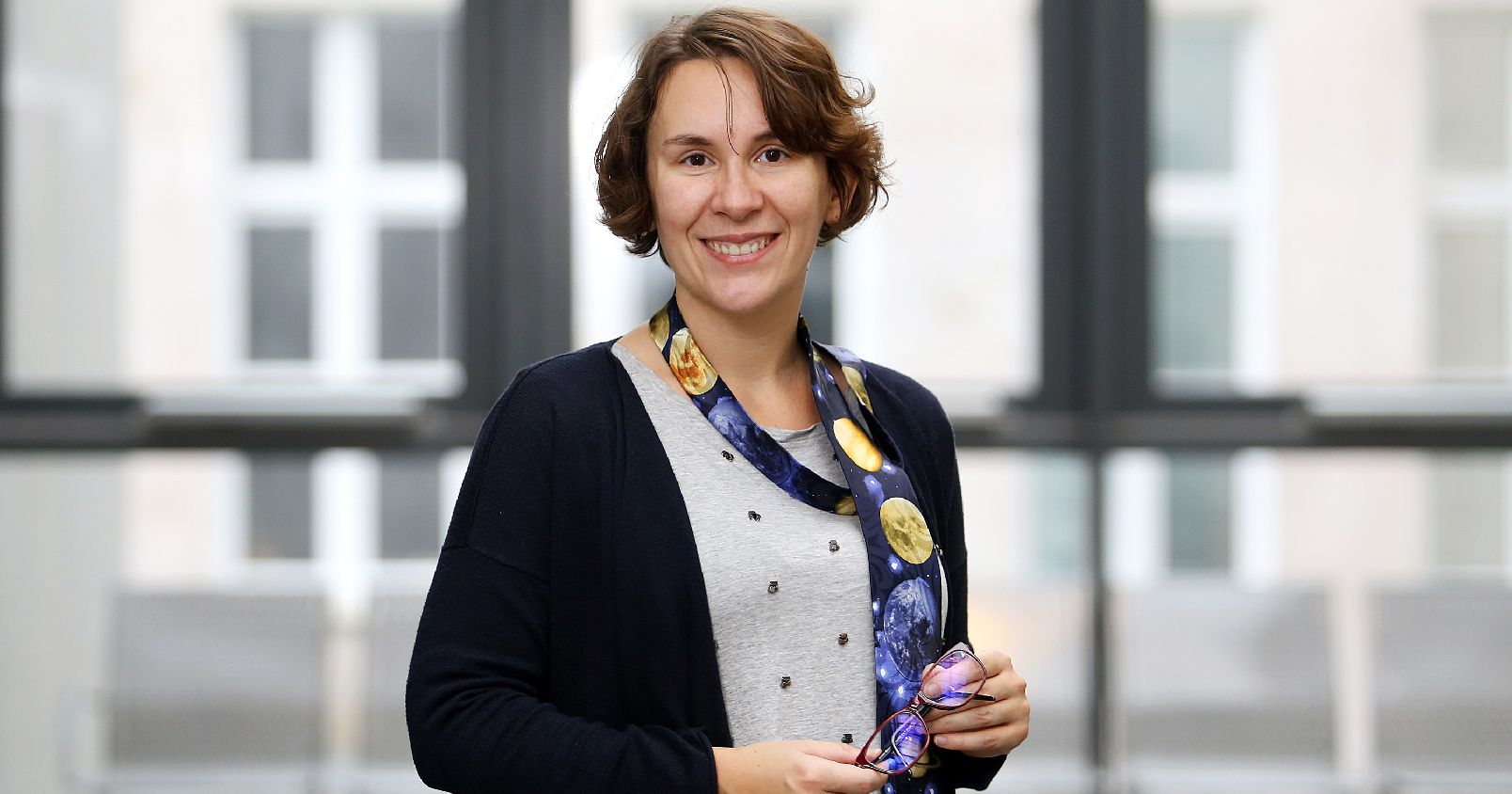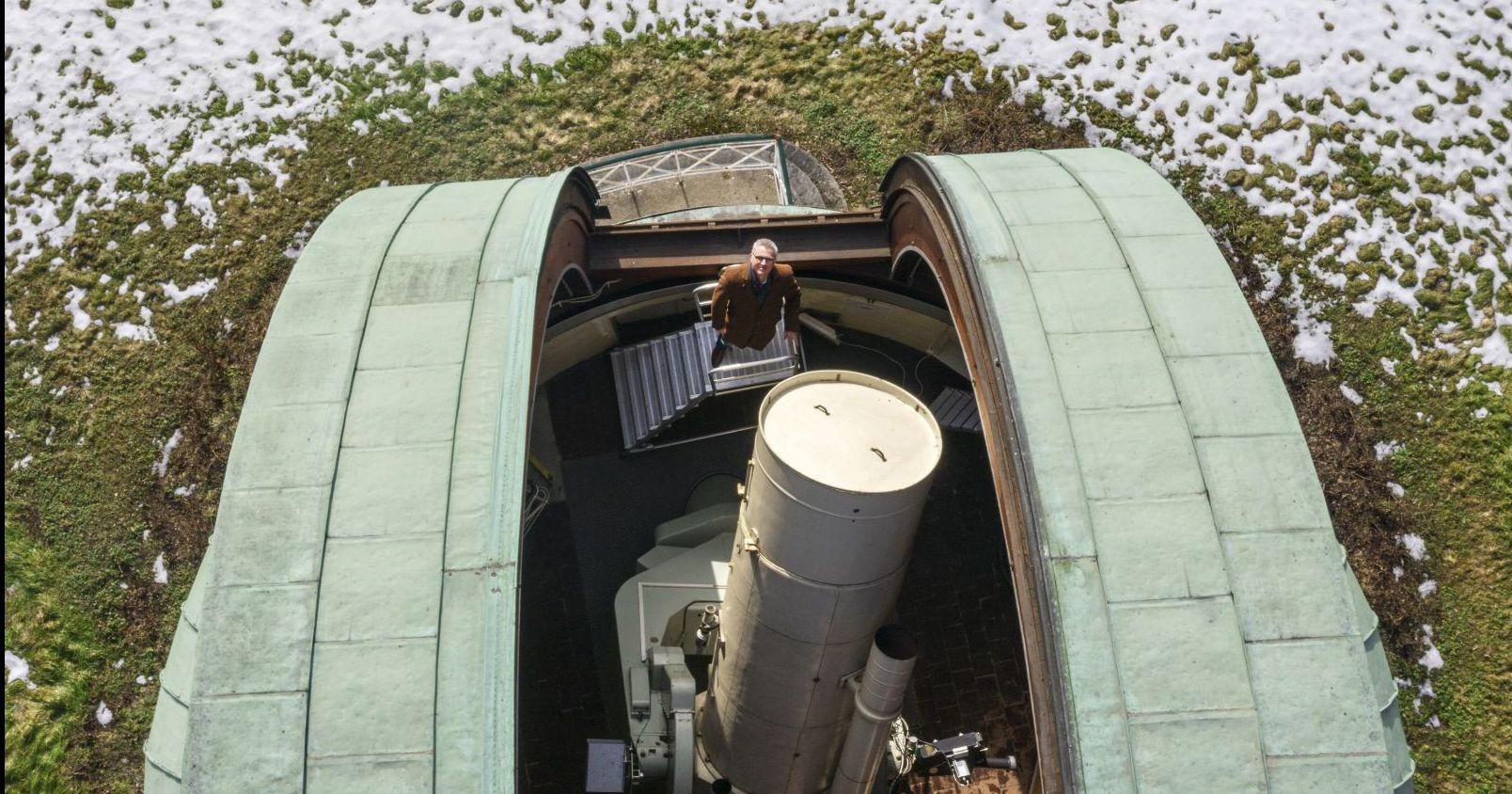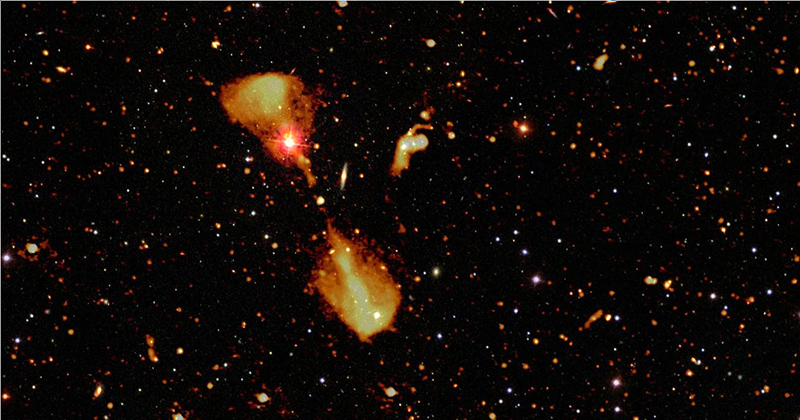 Exact sciences
Exact sciences
Energy under control
Scientists from the Faculty of Chemistry, NCU have proposed a new, purely theoretical approach to a description of a new promising process which would allow withdrawing energy previously stored in nuclear isomeric states "on demand". The paper discussing the issue has just been published in a prestigious journal, Physical Review Letters.
The authors of the article entitled "Novel Approach to 93mMo Isomer Depletion: Nuclear Excitation by Electron Capture in Resonant Transfer Process" are Prof. Marek Polasik, Prof. Katarzyna Słabkowska, and Dr. Łukasz Syrocki from the Faculty of Chemistry, Prof. James "Jeff" Carroll and Prof. Christopher Chiara from the DEVCOM Army Research Laboratory as well as Prof. Jacek Rzadkiewicz from the National Centre for Nuclear Research in Swierk.
A small part of atomic nuclei can form highly excited metastable states called isomeric states. Considering the development of new forms of storing and releasing energy, a class of isomers characterized by high excitation energy and long decay time is particularly interesting, explains Prof. Marek Polasik.
In 2018, an international research team contributed by the three scientists from the Nicolaus Copernicus University and the National Centre for Nuclear Research reported the first direct observation of the forced release of energy from 93mMo isomer resulting from heavy ions interaction with the target atoms. Energy release was attributed to the nuclear excitation by electron capture (NEEC). Moreover, the experiment performed in the USA (Argonne National Laboratory, ANL) with the use of a heavy-ion linear accelerator, ATLAS, showed a surprisingly high probability of occurrence of the NEEC process (PNEEC ≈ 0,01).
Even if our novel theoretical approach only slightly shifts the upper theoretical limit for the total probability of occurrence of the NEEC process for 93mMo isomer in comparison to the experimental value, it shows the relevance of the Compton profile consideration in a theoretical description, particularly for the L shell of the 93mMo ion for which the energy release probability is a few orders of magnitude higher with regard to the values obtained in the recombination models, explains Prof. Katarzyna Słabkowska.
In August 2021, the scientists from Toruń in cooperation with nuclear physicists from the USA and Australia are planning to perform an experiment with the use of the most powerful spectrometer, Gammasphere (ANL).
- We are going to verify our theoretical predictions with the experimental measurements on the spot. During the experiment, we will make an attempt to observe the forced energy release from 127mCs isomer, explains dr Łukasz Syrocki.- This time, the task seems a bit more difficult than in the case of 93mMo isomer because the 127mCs isomer half-life time is as short as T1/2 = 55 µs (T1/2 = 6.85 h for 93mMo isomer). A relatively short life of 127mCs isomer implies the necessity to plan and carry out the experiment accurately as well as to apply advanced coincidence analyses between corresponding gamma transitions powering the isomer and those indicating its forced decay.
The studies are particularly important not only form the fundamental research viewpoint (e.g. high-spin nuclear structure theory). They can also constitute the starting point for various applications of an advanced technological character, for example unconventional and ultra-efficient nuclear batteries. Such applications can be employed to develop methods of powering vehicles and vessels used in hardly accessible places on Earth such as ocean bottoms, volcanic craters, and space.
 NCU News
NCU News







 Exact sciences
Exact sciences

 Exact sciences
Exact sciences
 Exact sciences
Exact sciences